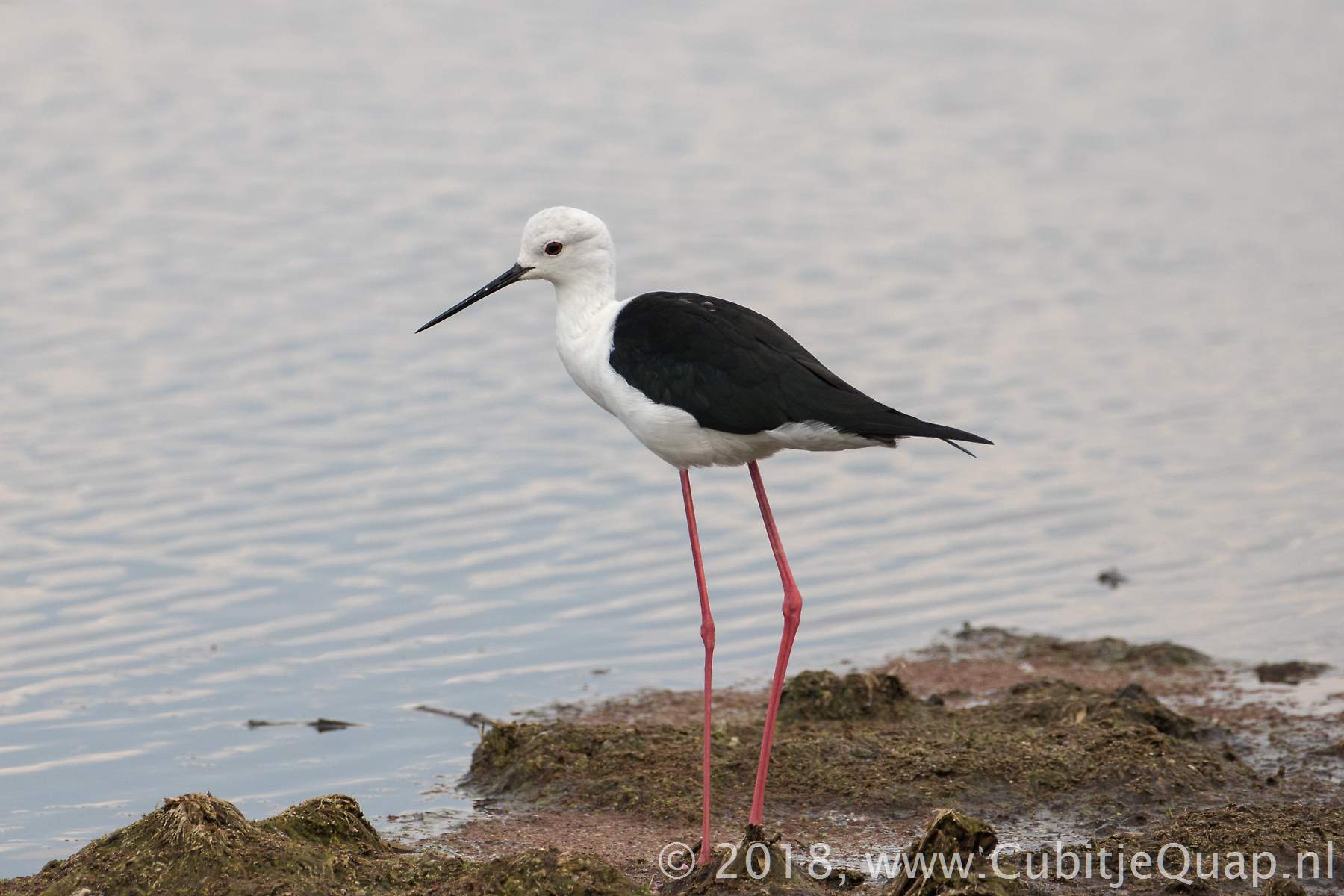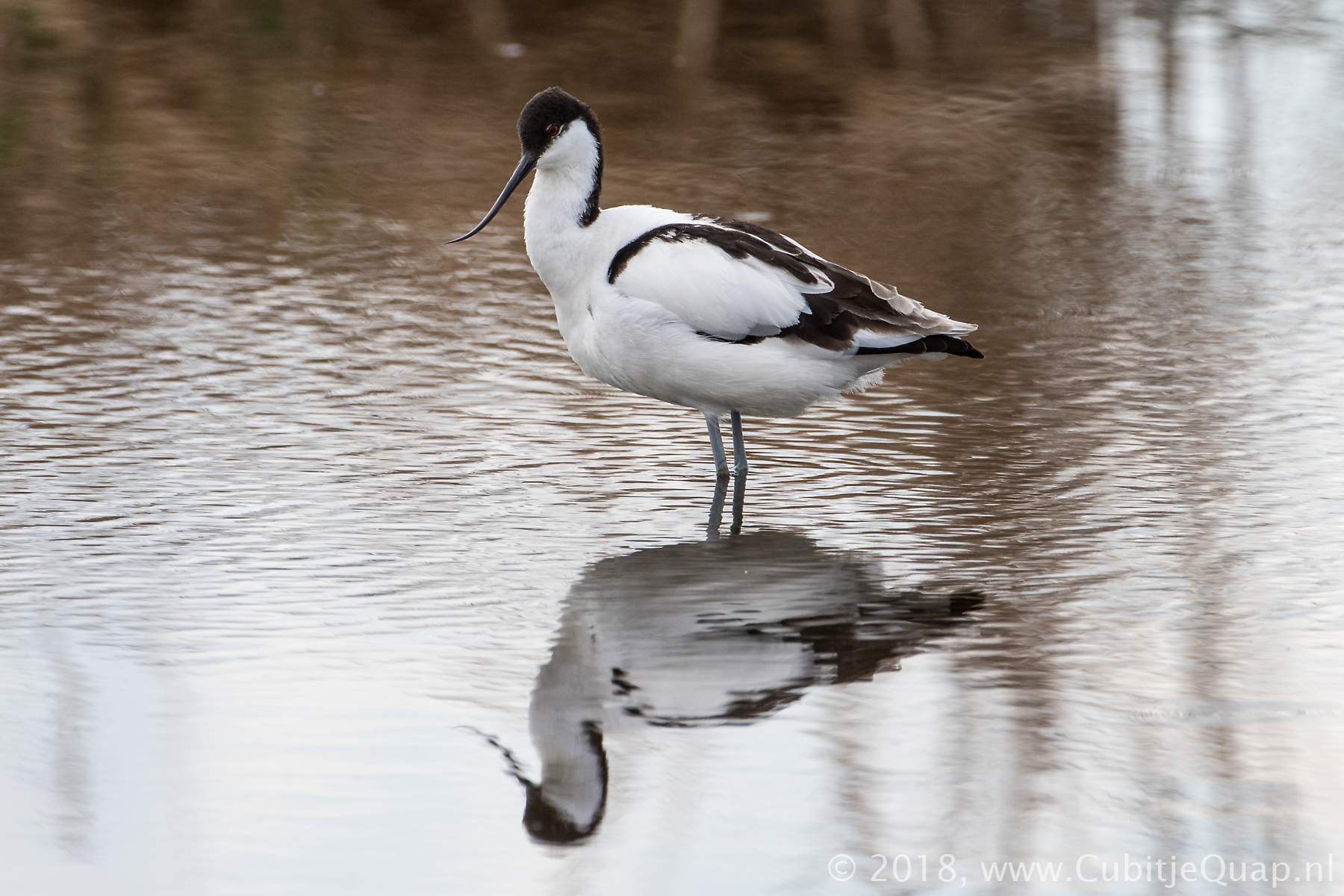Stilts and avocets Information page
Description
Long-legged, long-billed, gracile, gregarious, pied waders of wetlands, especially those that are saline or brackish.They range in length from 30 to 46 cm. They have long thin legs, long necks and long bills. The front toes are webbed in avocets and partially webbed in stilts.
Avocets and stilts eat small aquatic animals, but they locate their prey in different ways. Avocets sweep their heads from side to side in shallow water and use their curved bills to feel for prey . Stilts locate their prey by sight and snatch it up in their long, straight bills. In Southern Africa the black winged stilt and the pied avocet are the only species in this group.
Breeding takes place on open ground near water, often in loose colonies. They defend nesting territories vigorously with aggressive displays, and mob intruders and possible predators with a great deal of noise. If that doesn't work, they may feign a broken wing to distract the predator. They are monogamous, although the pair bonds are not maintained from season to season. Their eggs are light-coloured with dark markings. Three to four are laid in simple nests, and both parents share the incubation duties, which last 22 to 28 days. The chicks are downy and precocial, leaving the nest within a day of hatching; they fledge in 28 to 35 days. The chicks are cared for by the parents for several months.
Scientific names
Himantopus = strap-foot (significance unclear)Recurvirostra = recurved (up-turned) bill
Birds in this category
Interesting links
Wikipediafatbirder.com


